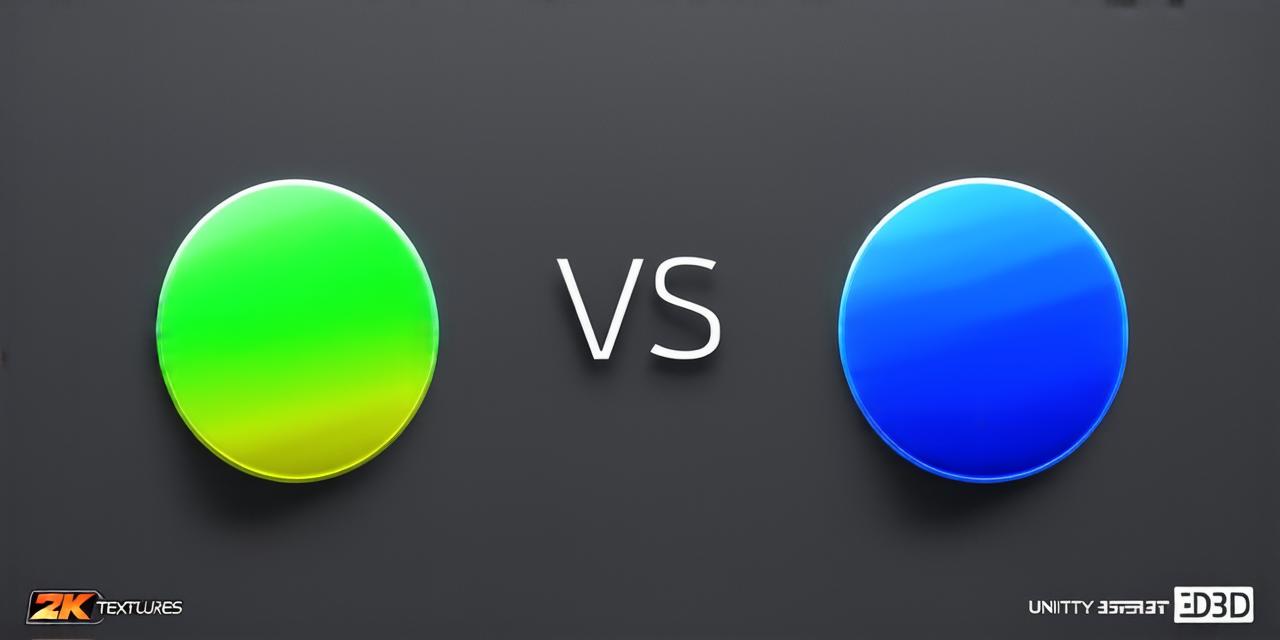Unity is a popular game engine used by developers of all skill levels to create games, simulations, and interactive experiences. It supports both 2D and 3D development, giving developers the flexibility to choose which platform best suits their needs. In this article, we’ll explore the differences between Unity 2D and 3D and help you determine which one is right for your project.
Unity 2D vs. Unity 3D: What Are the Key Differences?

Unity 2D requires less hardware resources than Unity 3D, making it a better option for developers with lower-end computers or mobile devices. It is also generally faster to load and run, which can be important for games that require quick load times.
Graphics Capabilities
Unity 3D offers more advanced graphics capabilities than Unity 2D, including support for physically based rendering, real-time ray tracing, and HDRP (High Dynamic Range Pipeline). This makes it a better choice for games or applications that require high-quality graphics and realistic lighting effects.
Scripting Capabilities
Both Unity 2D and 3D support C scripting, which is a powerful and versatile programming language. However, Unity 2D also supports JavaScript, which can be a useful option for developers who prefer that language or who are working on a project that requires web compatibility.
Asset Store and Community Support
Unity has a large and active community of developers, which means there is a wealth of assets, plugins, and tools available in the Unity Asset Store to help you create your game or application. Both Unity 2D and 3D have access to this resource, but Unity 3D may have a slightly larger selection of assets due to its more widespread use.
Development Time and Complexity
Unity 3D can be more complex to develop for than Unity 2D, especially when it comes to creating advanced graphics effects or physics-based animations. This can result in longer development times and a steeper learning curve. However, once you have the hang of it, Unity 3D offers a lot of flexibility and power, which can make it easier to create more complex games or applications.
Cost
Unity is free to use for personal projects, but if you plan on selling your game or application, you will need to purchase a license for Unity Pro or Unity Enterprise. The cost of these licenses varies depending on the features and services included, so it’s important to compare the options carefully before making a decision.
Choosing Between Unity 2D and 3D: What Factors Should You Consider?
When deciding between Unity 2D and 3D, there are several factors you should consider, including:
- The type of game or application you want to create: If your project is a simple platformer or side-scrolling game, Unity 2D may be the better choice. However, if you want to create a more advanced game with realistic graphics and complex physics, Unity 3D may be the way to go.
- The resources available to you: If you have a low-end computer or mobile device, Unity 2D may be the only option.


